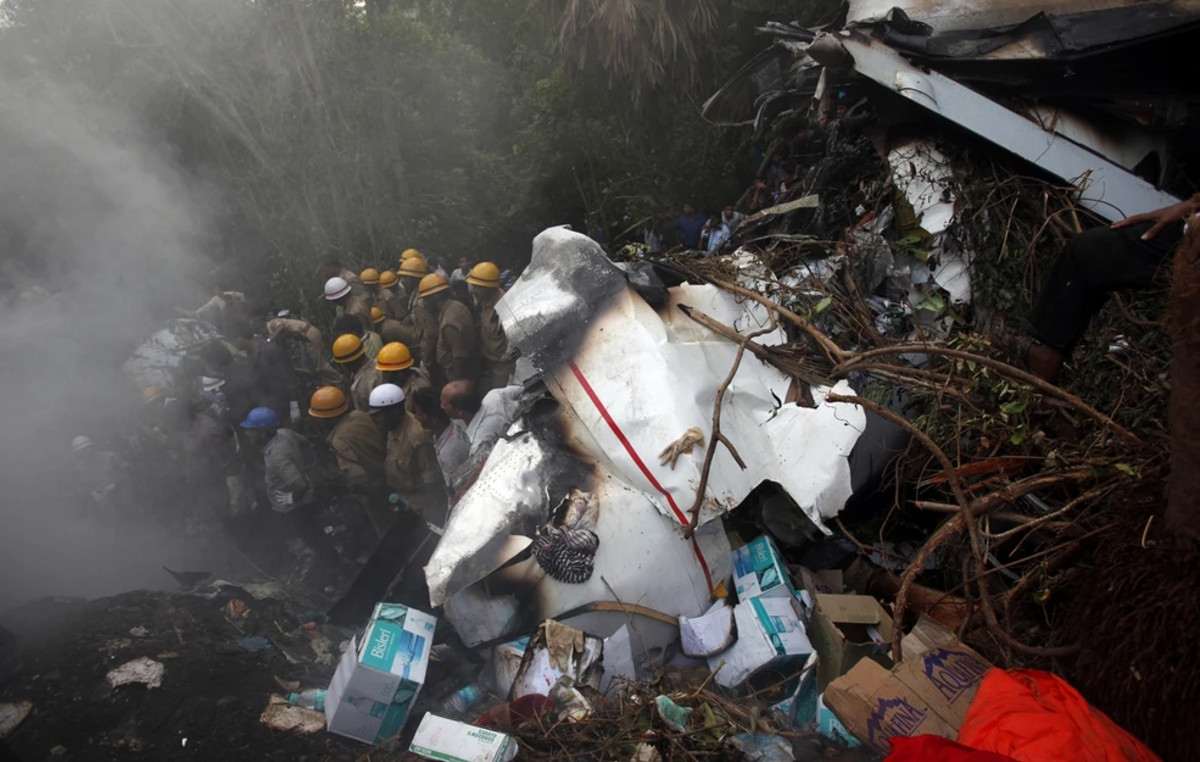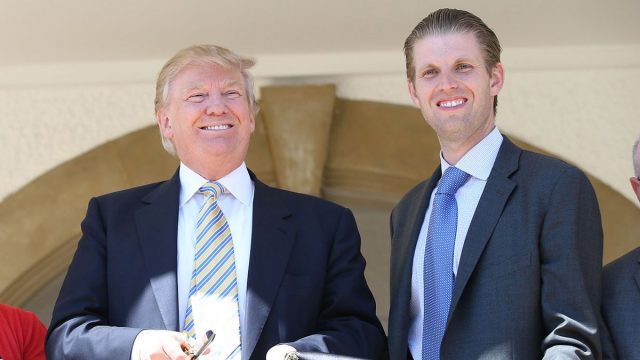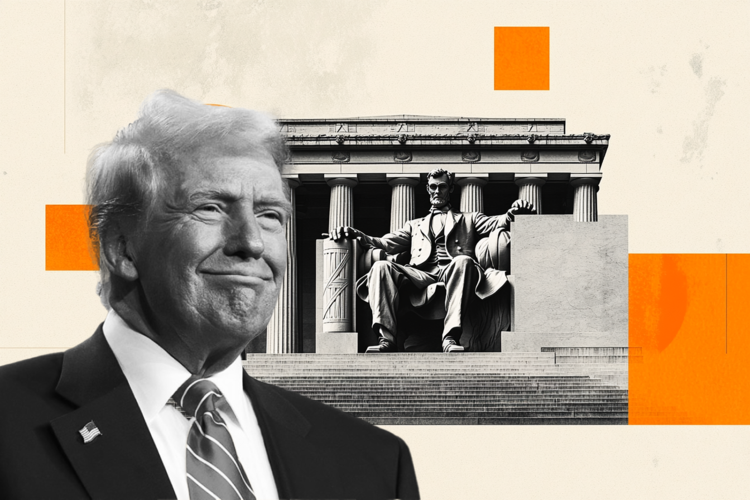The so-called pitches, presentations to attract investors via venture capital (VC), are one of the most important steps to undertake in a startup. During this moment, the creators of a business need to show the differentials and sustainability of the new company – and convince investors.
But the economic scenario, which helped to put interest rates in Brazil close to 14%, made investors – even more – more selective when making their bets, since the cost of capital is more expensive.
After the Selic rate hit double digits, entrepreneurs began to compete for resources with fixed income, for example, which became more attractive to investors than companies – considered high-risk businesses.
With this, the great challenge for entrepreneurs now is to improve the pitchproving to be a more solid company, with numbers close to healthy companies, a challenge for those who are taking their first steps.
The change in the strategic plan occurred because, at a time of economic recession on the radar, looking for assets that have safer issuers, with yield linked to indicators that avoid devaluation and that do not require risky operational management, for example, ends up drawing more attention of investors.
As startups are known for seeking capital to be able to produce a certain product until it becomes a PMV (Minimally Viable Product) and maintain the structure while there is no revenue, they end up becoming less interesting.
Subsequently, companies need to have money until they reach the break-evenwhen a company’s revenue manages to exceed debts, says Fernando Wagner, partner and venture capital leader at Crescera Capital.
“The sum of all these difficulties points to a high-risk investment”.
In general, the main numbers investors look at are: earnings, ebitda (earnings before interest, taxes, depreciation and amortization), revenue, debt, operational aspects and technological risk.
Now, to see an opportunity, the market – which has become more discerning – has started to look at growth sustainability metrics, especially when the break-even will be reached and the burn rate, how much the startup will spend from the amount of venture capital to finance expenses until it generates a positive cash flow, explains the partner at Crescera Capital.
Fernando Wagner then suggests that entrepreneurs look for ways that make their business fit the low-risk profile. “For this, entrepreneurs need to make their businesses more profitable; hiring employees only when necessary, not paying exorbitant salaries and being careful with marketing expenses”.
“For every dollar spent, you need to know how much revenue is returning.”
The expert also states that at this time of high Selic rate, no investor will allocate capital in a company that has high risks of going bankrupt or going bankrupt.
Bernardo Brites, CEO of Trace Finance, in turn, recommends that entrepreneurs approach the founders of other startups, aiming to bring angel investors – individuals or companies that make investments with their own capital in new companies – to the business.
“They (angel investors) can also be your first customers and introduce you to other investors. Map out who invests in your business vertical, always prefer an introduction by a common contact over a cold call (business call without any personal contact before)”.
post-pandemic
During the pandemic, Brazil had a scenario of high liquidity, with interest rates globally low, which brought a lot of money to the country and capital for entrepreneurs became more accessible. In late 2021 and early 2022, with the Selic rate above double digits, access to credit became more difficult.
Brites believes that the venture capital market is going through a period between harvests. “There is an alignment of expectations and pricing [dos investimentos]. Funds have money to invest, but they don’t want to pay the same prices as the euphoria of 2021.”
At the time, with low interest rates and a greater injection of capital into the country by the Central Bank, several investments were made in the market, “with totally surreal valuations. Which, after a few months, resulted in the mass layoffs that we have seen in recent weeks, as companies were unable to meet the costs they had and the solution was to cut employees”, highlights Wagner.
Valuation (or in Portuguese, company valuation) is the value of a venture. The calculation of this number is based on the sum of its present value with the financial capacity it represents for the future.
The account allows management to identify positive aspects of the business, which differentiate it in the market, as well as those that are less attractive and that need more investment in improvements. In addition to helping to define more assertive strategies for the business and allowing the monitoring of numbers and results, said the company BWG.
In 2021, the venture capital market invested BRL 46.5 billion, according to data from the Brazilian Association of Private Equity and Venture Capital (ABVCAP). The number is 218% higher than that invested in 2020.
“2021 was an incredible year for startups and in 2022 there is a correction of that context. The logic that used to be ‘grow at any cost’ is now ‘grow in a healthy way, seeking to be profitable as soon as possible’”, says Brites.
In the first half of this year, the amount was R$ 6.4 billion, the amount is 27% compared to the amount invested in the same period of the previous year, of R$ 8.8 billion.
Although investors are more selective, a study by Lavca (Private Equity Investment Association in Latin America) also pointed out that 2022 is already the second largest year for venture capital investment in the Latin American region, behind only 2021. And Brazil is the largest VC investment market in the region in the first half of 2022, with US$ 2.2 billion invested in 232 transactions.
“The evolution [do mercado de venture capital na América Latina] is gradual but constant […] This can be seen in the significant increase in funding for founders and women-led companies, as well as substantial money to invest in opportunities, so-called dry powder (capital available to be invested and not yet used) to support the early stage (early-stage startups),” said Carlos Ramos de La Vega, director of Venture Capital at Lavca.
The survey also shows an increase in investments in startups led by women – or with at least one on the board -, which went from 16% in 2019 to 31% in 2022, which is equivalent to a third of the total amount invested in America. Latin.
“The diversity gap in the Venture Capital market is a reflection of our society and the technology market as a whole. We need to have an intentional look at the sector and seek more diversity when it comes to directing investments,” said Franklin Luzes, vice president of Innovation, Transformation and Fast-Growing Startups at Microsoft Brazil.
According to data from the Female Founders Report 2021, when it comes to traditional entrepreneurship, 46.2% of companies are founded by women. However, in the innovation ecosystem, where enterprises are focused on technology, this representation is only 9.8%.
rounds
Earlier this year, Gavea Marketplace, an agtech that acts as a blockchain commodity exchange, raised R$23 million via venture capital.
To win the round, Gavea’s entrepreneurs focused their pitch on growth numbers, blockchain technology and the possibility of internationalizing the company’s operation. The equity round was led by asset manager Astella.
The amount was used to generate growth in business volume and scale, with the expansion of ESG (Environmental, Social and Corporate Governance, in Portuguese) issues, in addition to the launch of a tokenized credit. The company’s idea is to offer Brazilian raw materials to Europe and Asia.
At Parfin, focused on secure solutions for custody, trading and management of crypto-assets, CEO Marcos Viriato says that in the last round, in December 2021, when he raised BRL 34 million, the strategy was to highlight the recurrence of revenue to potential investors. , business scalability and potential to operate globally.
The amount was used to expand the team, mainly in the technology area. Today, the company has employees in Brazil, the United Kingdom, Portugal and other countries.
Source: CNN Brasil
I am Sophia william, author of World Stock Market. I have a degree in journalism from the University of Missouri and I have worked as a reporter for several news websites. I have a passion for writing and informing people about the latest news and events happening in the world. I strive to be accurate and unbiased in my reporting, and I hope to provide readers with valuable information that they can use to make informed decisions.







